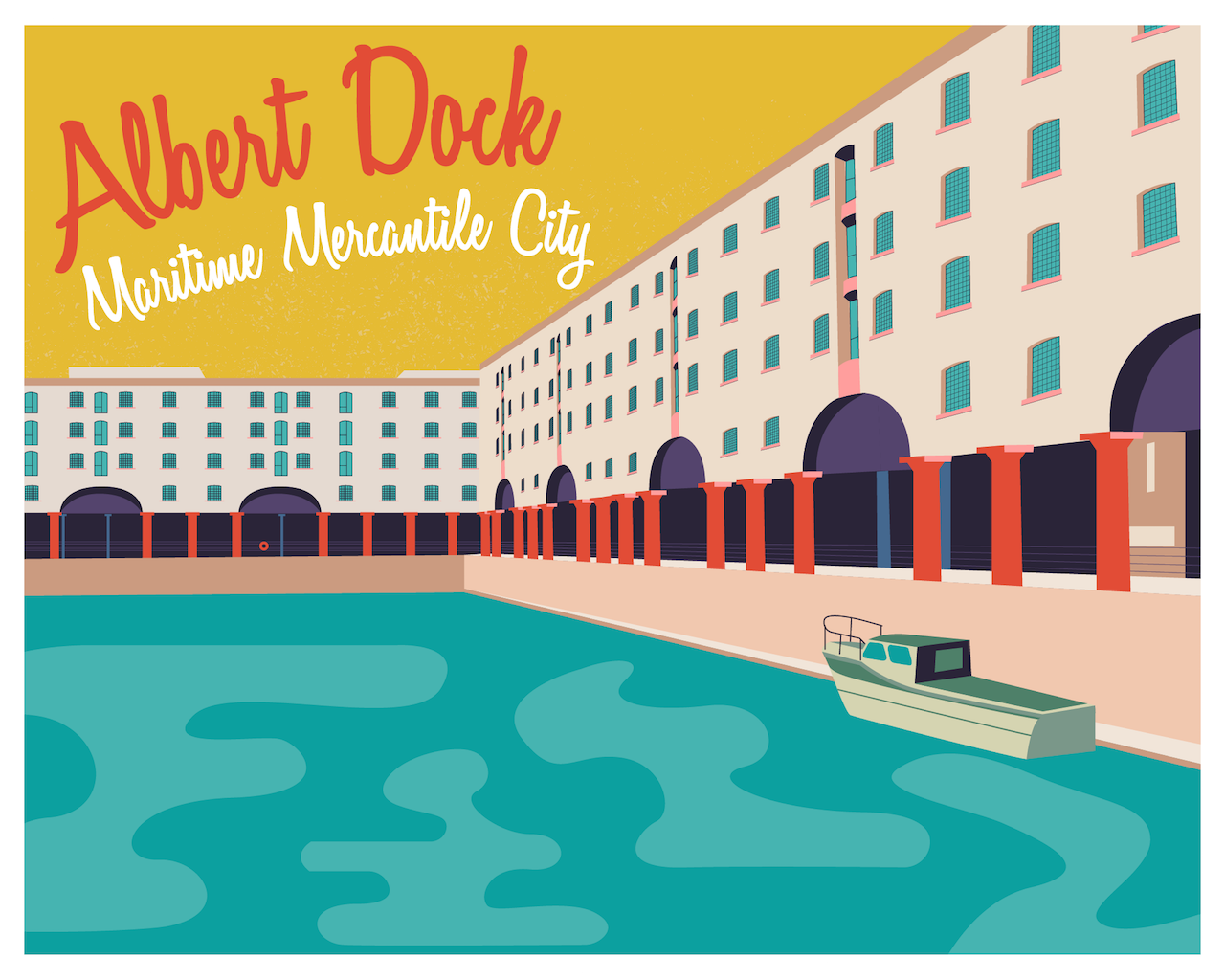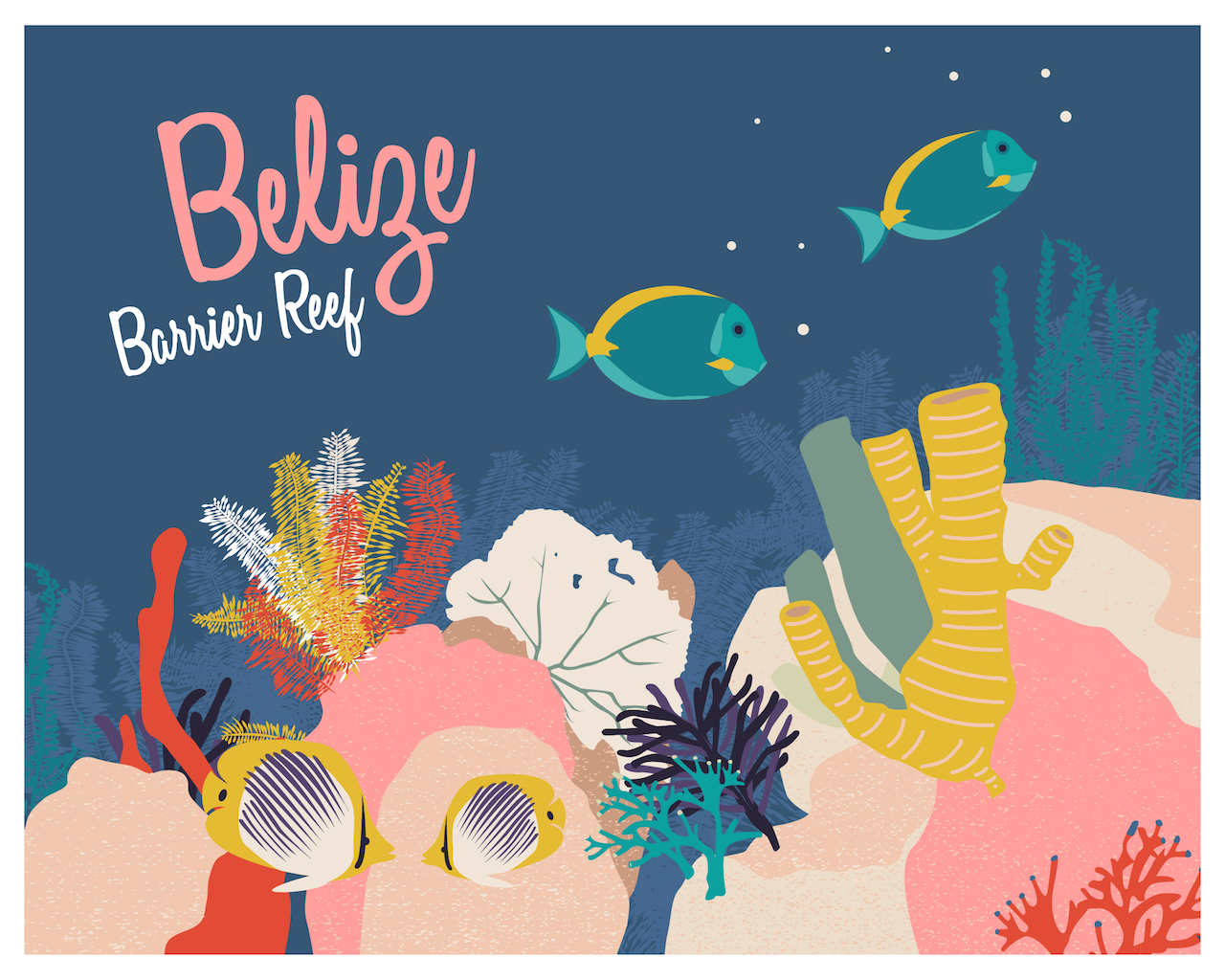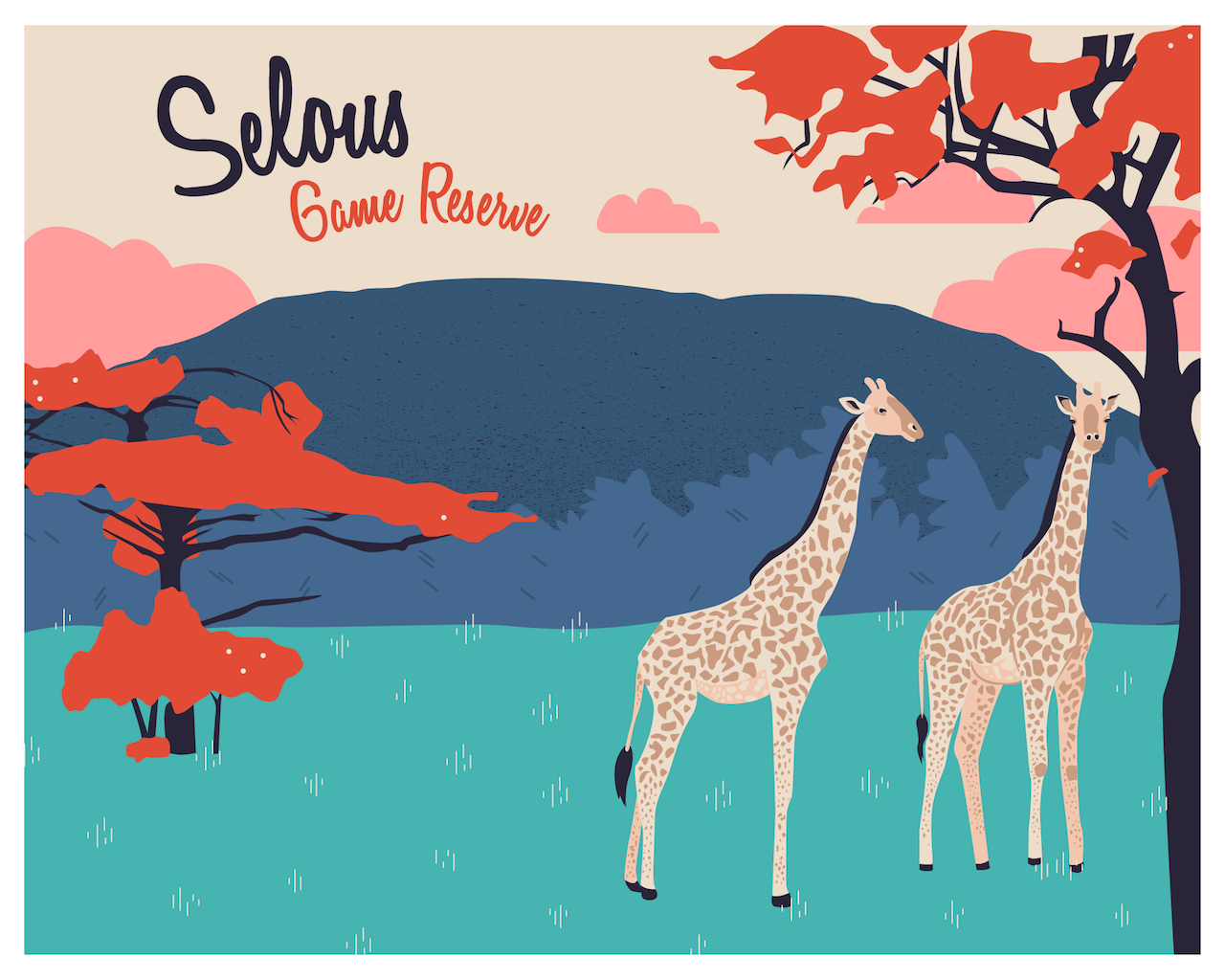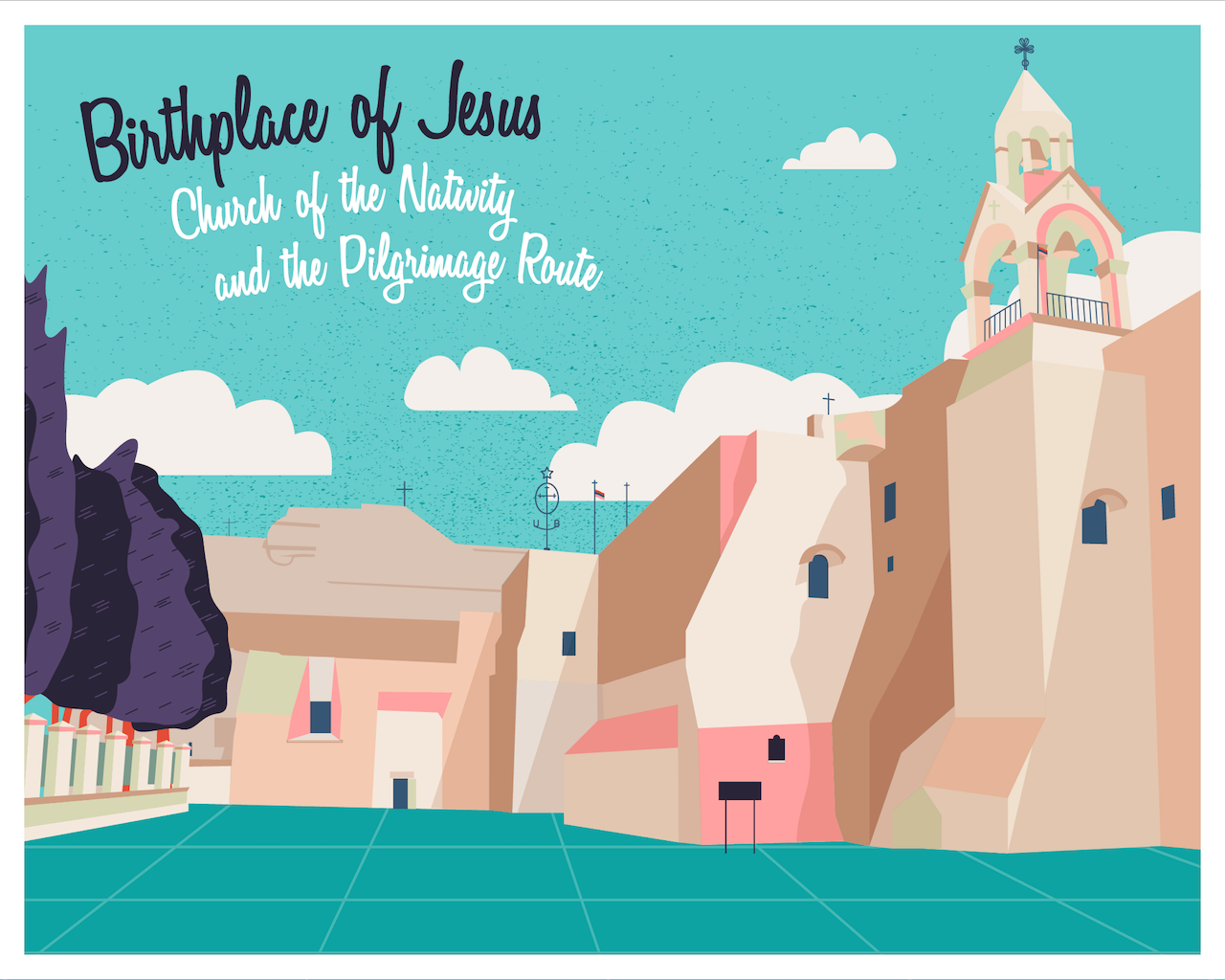There are just over 1,000 UNESCO World Heritage Sites in 2017. Many of these, including the Grand Canyon and Yosemite National Park, are protected by national and local governments on top of efforts made by the UN. However, even with all this support, there are 50 UNESCO sites today that are endangered. GoCompare.com has listed ten of them in a new interactive infographic that reminds us both of the diversity of the World Heritage Sites, and of the impact they have on our lives.
Check out these “postcards” of each site with descriptions provided by Go Compare. These sites may be endangered due to tourism, urbanization, climate change and/or lack of protection.










